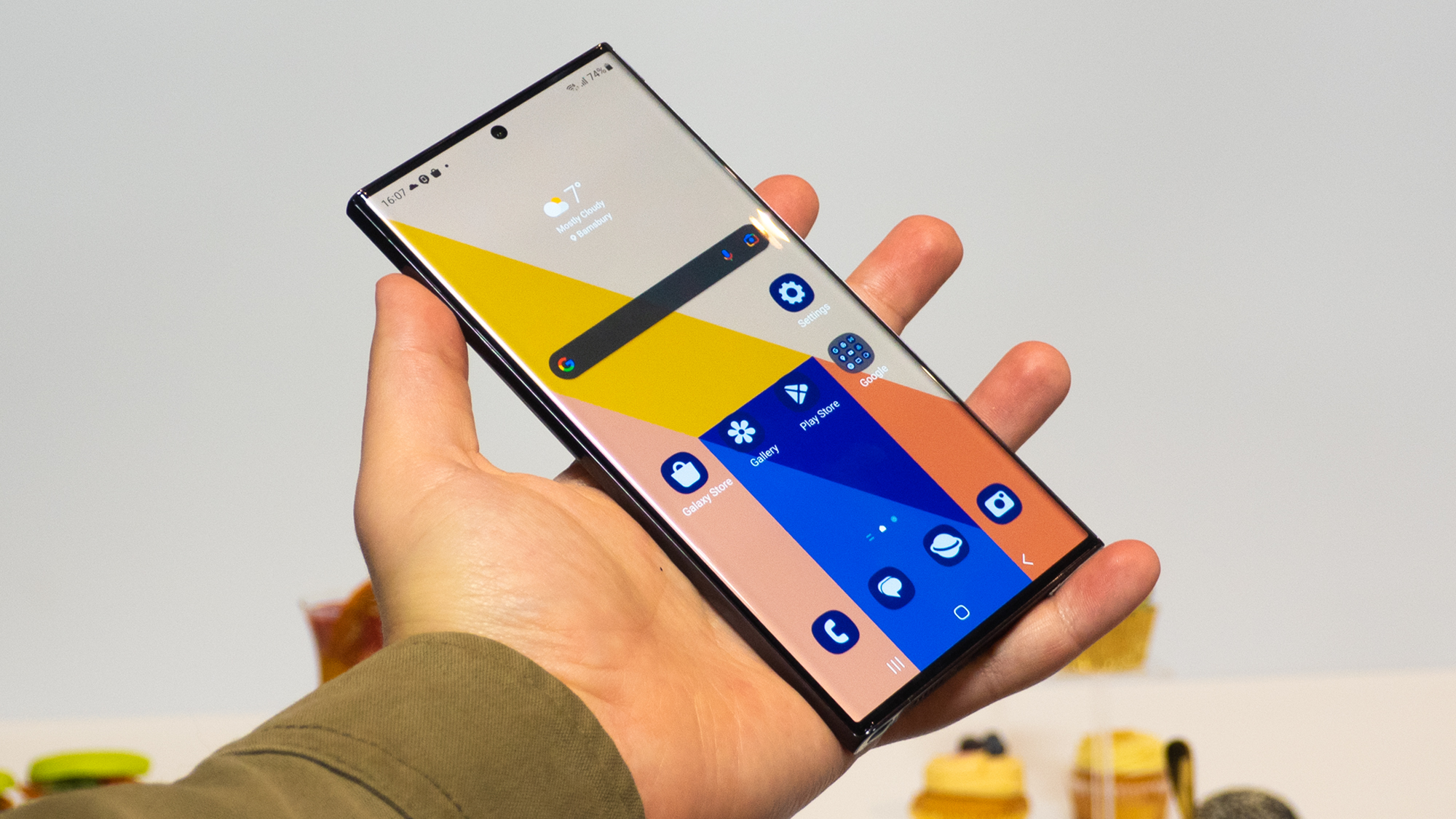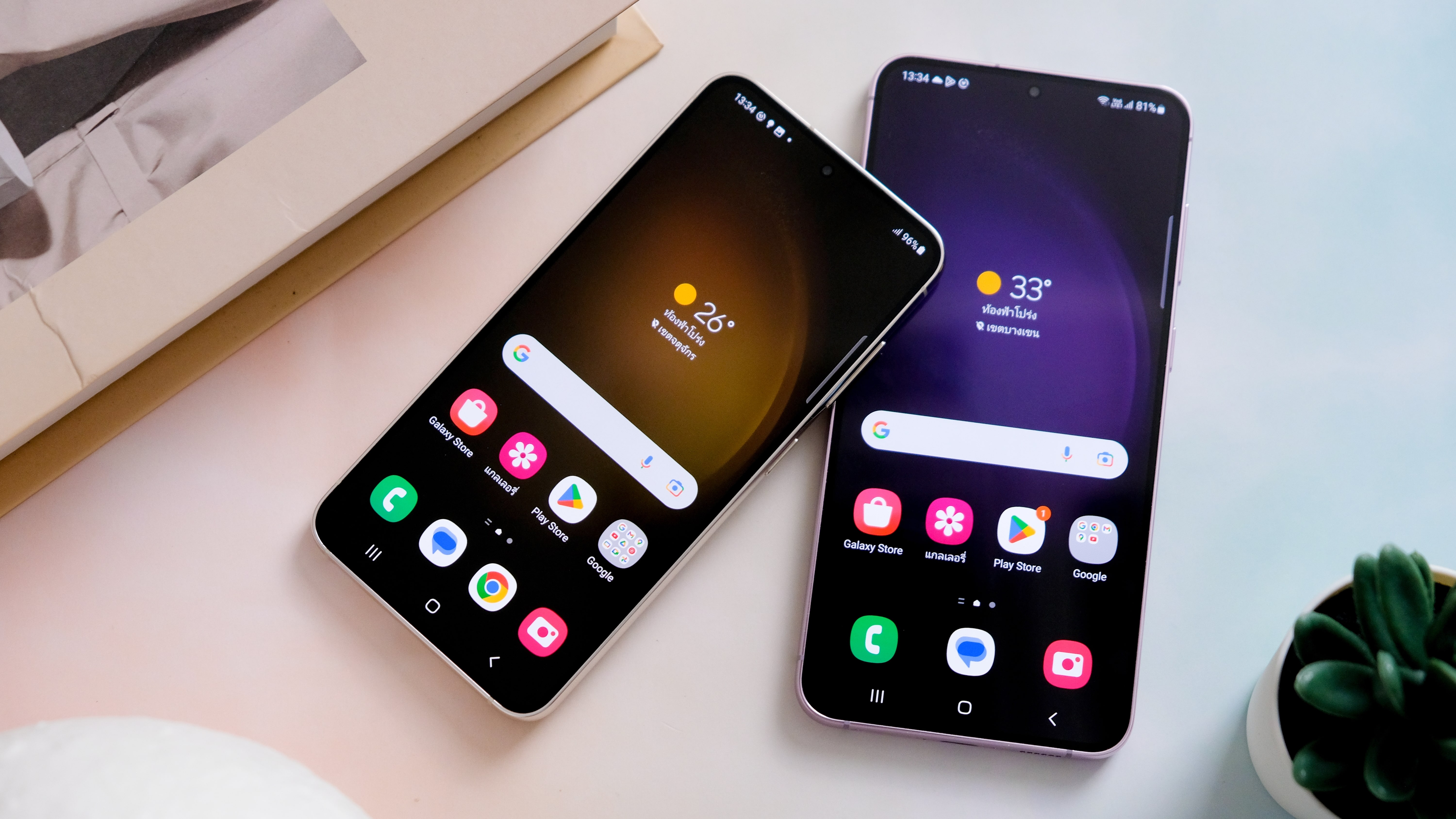
Update (05/04): Samsung has now shared temporary fix for the One UI 6.1 issue described below. The rest of the article remains as originally published.
Samsung’s big One UI 6.1 update is now available to download on older Samsung phones, but several Galaxy S23 users are reporting that the AI-focused upgrade has done more harm to their devices than good.
As per recent posts on Reddit and Samsung’s own Community forum, One UI 6.1 has wreaked havoc on the touchscreen functionality of certain Galaxy S23, Galaxy S23 Plus and Galaxy S23 Ultra devices. Some users claim that their displays are now “totally unresponsive,” while others say their touchscreen functionality is limited to the S Pen.
This latest complaint comes just a few days after some Samsung fans blamed One UI 6.1 for causing slower charging speeds on their Galaxy devices. We’ve already detailed why that particular issue is likely nothing to worry about long-term, and we suspect that the same is true of this new touchscreen issue. Allow us to explain.
S23 Ultra Unresponsive Touchscreen Since ONEUI 6.1 Update from r/samsung
For starters, a fair portion of these complaints are coming from users whose Galaxy S23 phones are fitted with non-OEM (original equipment manufacturer) screens, which is another way of saying: they’re not original parts. If it turns out that this touchscreen issue is exclusive to these types of screens, then the vast majority of Samsung Galaxy S23 users have nothing to worry about.
Of course, Samsung will still need to address the issue for affected third-party screens through future firmware updates, and if your Galaxy S23 screen is among that number, it seems as though rolling your device back (or ‘downgrading’) to One UI 6 will reverse the problem. Sure, that isn’t ideal, but it’s a temporary solution.
Growing pains
That said, not every complaining user has disclosed whether their Galaxy S23’s screen is original or not, so we can’t say for sure whether this touchscreen issue is limited to non-OEM parts. If it isn’t, then we’re inclined to think that it’s happening as a result of normal update-related growing pains.
Get daily insight, inspiration and deals in your inbox
Sign up for breaking news, reviews, opinion, top tech deals, and more.
What do we mean by that? Well, when any software developer pushes out a major OS update, phones often need to reindex data and recalibrate their settings to reckon with the new demands of that update. New updates trigger a slew of app-specific updates, too, which can put even more strain on a device’s chipset, but once these apps have freshened themselves up with the latest version of a particular OS, these slowdown issues typically subside. Think of it as an update-induced hangover.

Indeed, that looks to be the case with the Galaxy S23 and One UI 6.1. “I noticed that the bottom of my screen was not responsive [after downloading One UI 6.1], but it worked once all apps were fully optimized,” one comment reads underneath that aforementioned Samsung Community forum post. “This is not a permanent problem, at least for me. A restart will resolve it, but wait for apps to be optimized after initial restart before forcing a restart.”
So there you have it. If your Galaxy S23 device has been affected by this frustrating touchscreen issue since downloading One UI 6.1, we’d suggest waiting a day or two before triggering a restart and (hopefully) resolving the problem. As some users have noted, you may be stuck using the S Pen to navigate your phone in the meantime, but we think that’s a better strategy than removing One UI 6.1 altogether.
In any case, if this issue does turn out to be more sinister, Samsung will surely roll out a comprehensive software patch in the coming weeks.
You might also like...

Axel is TechRadar's UK-based Phones Editor, reporting on everything from the latest Apple developments to newest AI breakthroughs as part of the site's Mobile Computing vertical. Having previously written for publications including Esquire and FourFourTwo, Axel is well-versed in the applications of technology beyond the desktop, and his coverage extends from general reporting and analysis to in-depth interviews and opinion. Axel studied for a degree in English Literature at the University of Warwick before joining TechRadar in 2020, where he then earned an NCTJ qualification as part of the company’s inaugural digital training scheme.